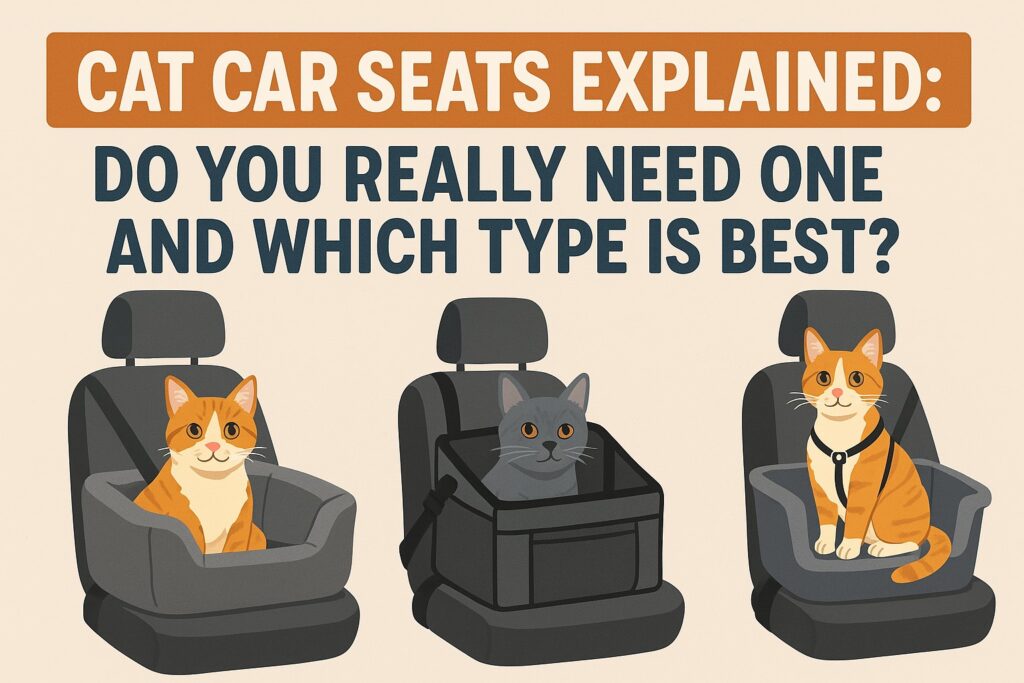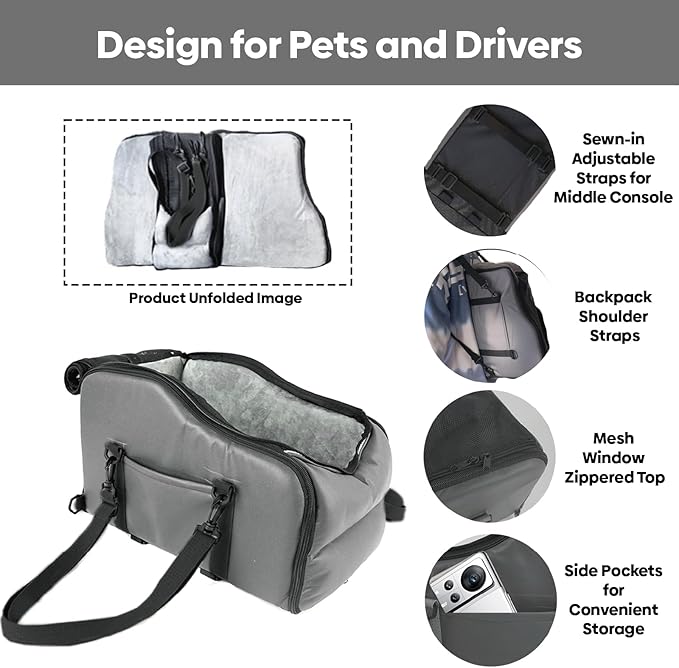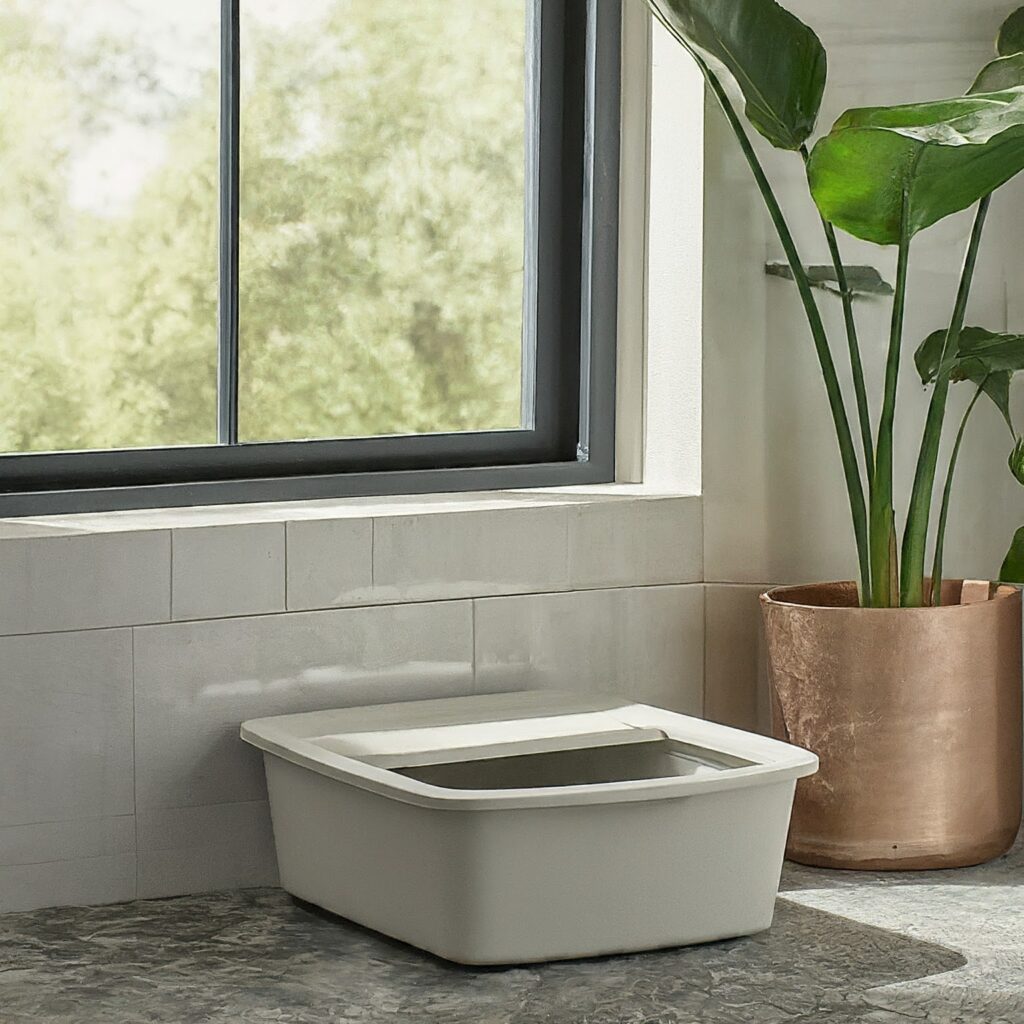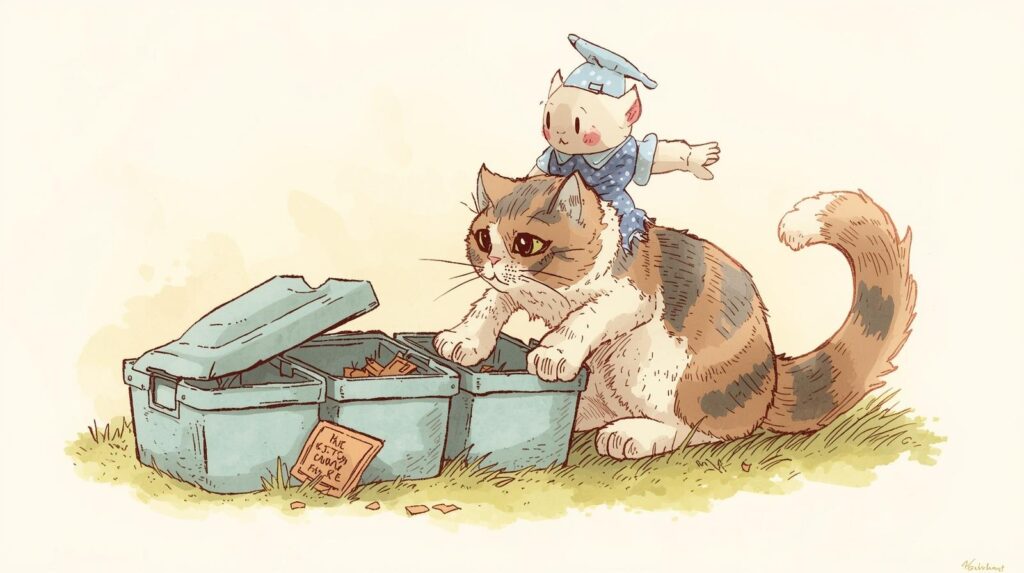Traveling with your cat can be stressful, both for you and your feline friend. Most cat owners simply let their pets roam freely inside the car, but this can be dangerous. A sudden brake, a sharp turn, or an accident could put your cat at serious risk. That’s where cat car seats come in.

But here’s the big question: Are cat car seats really safe? In this post, we’ll break it down for you. From why cats need car seats to how they work, you’ll learn everything you need to know before hitting the road with your furry companion.
Table of Contents
- 2. Why Do Cats Need Car Seats?
- 3. Are Cat Car Seats Safe?
- 4. How Do Cat Car Seats Work?
- 5. Types of Cat Car Seats
- Best Cat Car Seat for Small Cats: Under 10 lbs
- 6. Pros and Cons of Using Cat Car Seats
- 7. Key Features of a Safe Cat Car Seat
- 8. Are There Safer Alternatives?
- 9. Common Mistakes to Avoid
- 10. How to Choose the Right Cat Car Seat
- 11. How to Train Your Cat to Use a Car Seat
- 12. Expert Tips for Safe Car Travel with Cats
- 13. FAQs About Cat Car Seats
- 14. Conclusion
2. Why Do Cats Need Car Seats?
Many cat parents think car seats are just for dogs—but that’s a misconception. Cats also need proper restraints while traveling for a few important reasons:
- Prevents Injury During Sudden Stops
In the event of a sudden brake or minor collision, an unsecured cat can get seriously injured—or worse, ejected from the seat. - Reduces Driver Distraction
A cat moving around the car can distract you, increasing the chances of an accident. - Provides Comfort and Security
Most cats dislike car rides because they feel unsafe. A car seat provides a cozy, secure spot that reduces anxiety. - May Be Legally Required
In some regions, pet restraint laws apply to cats, too. Traveling without proper safety gear could lead to fines.
3. Are Cat Car Seats Safe?
Yes—but only if you choose the right one and use it properly. The safety of a cat car seat depends on factors like:
- Crash-Test Certification: Look for products tested for impact resistance.
- Secure Harness Attachment: The seat should allow you to clip your cat’s harness, not just let them sit freely.
- Quality Materials: Cheap or flimsy seats can break during sudden stops.
⚠️ Important: Not all “pet car seats” are safe for cats. Many are designed for small dogs and lack the security features cats need.
4. How Do Cat Car Seats Work?
A cat car seat is designed to keep your cat safe and comfortable during car rides. Here’s how it works:
- Seat Placement: Usually installed in the back seat for maximum safety.
- Harness Connection: Most seats have a tether that attaches to your cat’s harness (never the collar) to prevent jumping out.
- Elevated Design: Some car seats act as boosters, giving cats a view out of the window, which can reduce anxiety.
- Padding and Structure: Provides a snug space, minimizing stress and movement during rides.
Unlike dog car seats, which often rely on body size and leash clips, cat seats need extra security because cats are more agile and harder to restrain.
5. Types of Cat Car Seats
Not all cat car seats are the same. Choosing the right type depends on your cat’s size, comfort level, and your car’s layout. Here are the main types:
a) Booster Seats for Cats
These seats are slightly elevated, allowing your cat to look out the window. They’re great for reducing anxiety and keeping your cat entertained during the ride.
Pros: Improves comfort, good for curious cats.
Cons: Requires proper harness attachment for safety.
b) Console Car Seats
Designed to fit on the center console, these seats let your cat sit close to you. Perfect for cats that need extra reassurance.
Pros: Keeps cats near you, great for bonding.
Cons: Can be unsafe if not secured properly, not ideal for large cats.
c) Bucket Car Seats
These look like a small padded bucket with straps. They provide extra padding and often include safety belts for harness attachment.
Pros: Very secure, well-padded.
Cons: Bulky and may take up space.
d) Carrier-Style Car Seats
A two-in-one option: a travel carrier that doubles as a car seat. These are often the safest choice for cats because they provide full enclosure and stability.
Pros: Great for nervous cats, airline-approved in many cases.
Cons: Cats can’t see outside, which some might dislike.
Best Cat Car Seat for Small Cats: Under 10 lbs
If you have a small cat or kitten (0–10 lbs), the Palsway Cat Console Car Seat is one of the best options for safe and comfortable travel. It’s designed to fit on your car’s center console, so your cat can stay close to you while remaining secure.
Key Features:
- Weight Capacity: Perfect for cats up to 10 lbs.
- Safety Harness: Comes with an integrated harness strap to prevent your cat from jumping out.
- Anti-Collapse Design: Ensures stability and durability.
- Portable & Lightweight: Easy to install and remove.
- Comfortable Padding: Provides a cozy spot for your pet during rides.
Why We Recommend It:
- Keeps cats calm by letting them stay close to the driver.
- Space-saving design compared to bucket-style car seats.
- High customer rating (4.6 out of 5 stars).

6. Pros and Cons of Using Cat Car Seats
Pros
- Enhanced Safety: Prevents injuries during sudden stops or accidents.
- Comfort and Security: Cats feel less anxious in a confined, padded space.
- Reduced Driver Distraction: Keeps your cat from roaming inside the car.
Cons
- Not All Cats Like Them: Some cats resist being restrained.
- Quality Matters: Cheap models can fail during impact.
- Extra Cost: A good, crash-tested seat can be expensive.
Also Read: Do cats need light to use litter box
7. Key Features of a Safe Cat Car Seat
When shopping for a cat car seat, look for these important safety features:
- Crash-Tested or Certified: Choose brands with safety testing.
- Sturdy Frame: Avoid flimsy or poorly constructed seats.
- Proper Harness Attachment: Never secure your cat by the collar—use a harness.
- Comfortable Padding: Cats should feel snug and cozy.
- Easy Installation: A complicated seat may lead to improper setup.
8. Are There Safer Alternatives?
If you’re not ready to invest in a dedicated cat car seat, there are alternatives:
- Cat Carriers with Seat Belt Straps: These are among the safest options and ideal for nervous cats.
- Harness and Seat Belt Combo: Works for calm cats, but not as secure as a carrier or car seat.
- Crash-Tested Travel Crates: Excellent for long journeys or multiple pets.
Tip: Never travel with your cat loose in the car. It’s dangerous for both you and your pet.
Also Read: How many cat litter boxes you need for 2 cats
9. Common Mistakes to Avoid
Even with the best cat car seat, mistakes can compromise your cat’s safety. Here are the top errors to watch out for:
- Using Dog Car Seats for Cats
Dog seats are not always designed for cats. They may lack secure harness points or proper enclosure. - Attaching to a Collar Instead of a Harness
Never clip a tether to your cat’s collar—it can cause choking or neck injury during sudden stops. - Improper Installation
A loose car seat is just as dangerous as no seat at all. Always follow manufacturer’s instructions. - Letting Cats Roam Mid-Trip
Allowing your cat out of the seat during the ride increases the risk of accidents and injuries.
10. How to Choose the Right Cat Car Seat
Picking the right seat depends on your cat’s personality, size, and travel habits. Consider these factors:
- Size & Weight Capacity: Ensure the seat supports your cat’s weight comfortably.
- Safety Certification: Look for crash-test ratings or strong safety claims.
- Build Quality: Strong materials and durable stitching are essential.
- Comfort Features: Padded interiors, soft fabrics, and good ventilation matter.
- Ease of Cleaning: Cats shed and sometimes have accidents—removable, washable covers are a plus.
11. How to Train Your Cat to Use a Car Seat
Some cats might resist being restrained, but training makes the process easier:
- Start Slow: Introduce the car seat at home. Let your cat sniff and explore it.
- Add Familiar Scents: Place your cat’s favorite blanket or toy inside.
- Short Practice Rides: Begin with a few minutes, then gradually increase the time.
- Positive Reinforcement: Reward your cat with treats after each successful ride.
12. Expert Tips for Safe Car Travel with Cats
Want the safest and most stress-free experience for your feline friend? Follow these tips:
- Back Seat is Best: It’s safer than the front, away from airbags.
- Double-Check Harness Fit: Loose harnesses can lead to escapes.
- Avoid Extreme Temperatures: Never leave your cat unattended in the car.
- Calming Aids: For anxious cats, pheromone sprays or calming treats can help.
- Secure the Seat Properly: A poorly installed seat defeats the purpose of buying one.
13. FAQs About Cat Car Seats
Are cat car seats airline-approved?
Most cat car seats are designed for cars, not planes. If you plan to fly, look for an airline-approved carrier that can also be secured in your car.
Can I use a dog car seat for my cat?
Not recommended. Dog seats often lack secure enclosures and harness systems suitable for cats. Always choose a product designed specifically for cats or use a cat carrier with seat belt straps.
How long can a cat stay in a car seat?
Cats can typically stay in a car seat for several hours if it’s comfortable, ventilated, and your cat has access to breaks during long trips.
Do cats really need car seats?
Yes, for their safety and yours. An unrestrained cat can become a dangerous projectile during sudden stops or accidents.
What’s the safest alternative to a cat car seat?
A hard-sided cat carrier secured with a seat belt is often the safest option, especially for long trips or nervous cats.
14. Conclusion
So, are cat car seats safe? The short answer is yes—when you choose the right one and use it properly. A quality cat car seat or carrier reduces stress, prevents injuries, and keeps your cat secure throughout the ride.
If you love traveling with your feline friend, investing in a good car seat isn’t just a luxury—it’s a necessity. Look for crash-tested prod


